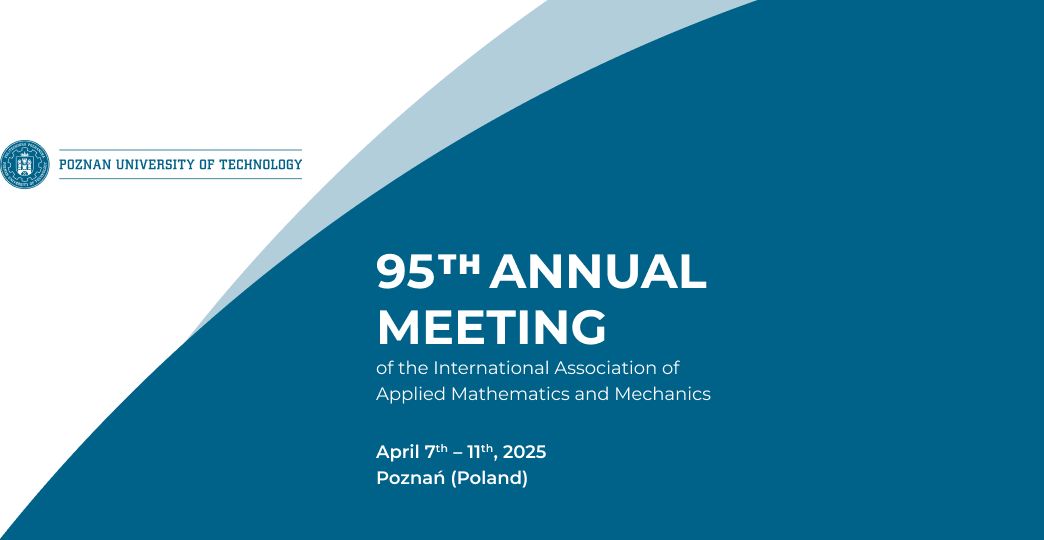Speaker
Description
The talk is concerned with rate-independent dissipative processes and their approximations by means of balanced-viscosity solutions.
Within the first part of the talk, algorithms for approximating balanced-viscosity solutions by means of arclength-methods are discussed. The focus is on the modeling of brittle fracture, cf. [1]. It is shown that balanced-viscosity solutions indeed capture the underlying physics well.
The second part deals with dissipation potentials that depend not only on the rate but also on the state of the solution. An approximation scheme whose convergence proves the existence of balanced viscosity solutions is presented. One possible application is given by models in non-associated plasticity frequently employed in soil-mechanics. A variational structure thereof can be recovered based on an idea of Laborde, resulting in a state-dependent dissipation [2].
[1] F. Rörentrop, S. Boddin, D. Knees, J. Mosler. A time-adaptive finite element phase-field model suitable for rate-independent fracture mechanics. CMAME, vol. 431, 117240, 2024,
https://doi.org/10.1016/j.cma.2024.117240.
[2] J.-F. Babadjian, G. Francfort, M.G. Mora. Quasi-static Evolution in Nonassociative Plasticity: The cap Model. SIAM J. Math. Anal., vol. 44, pp. 245-292, 2012,
https://doi.org/10.1137/110823511.

